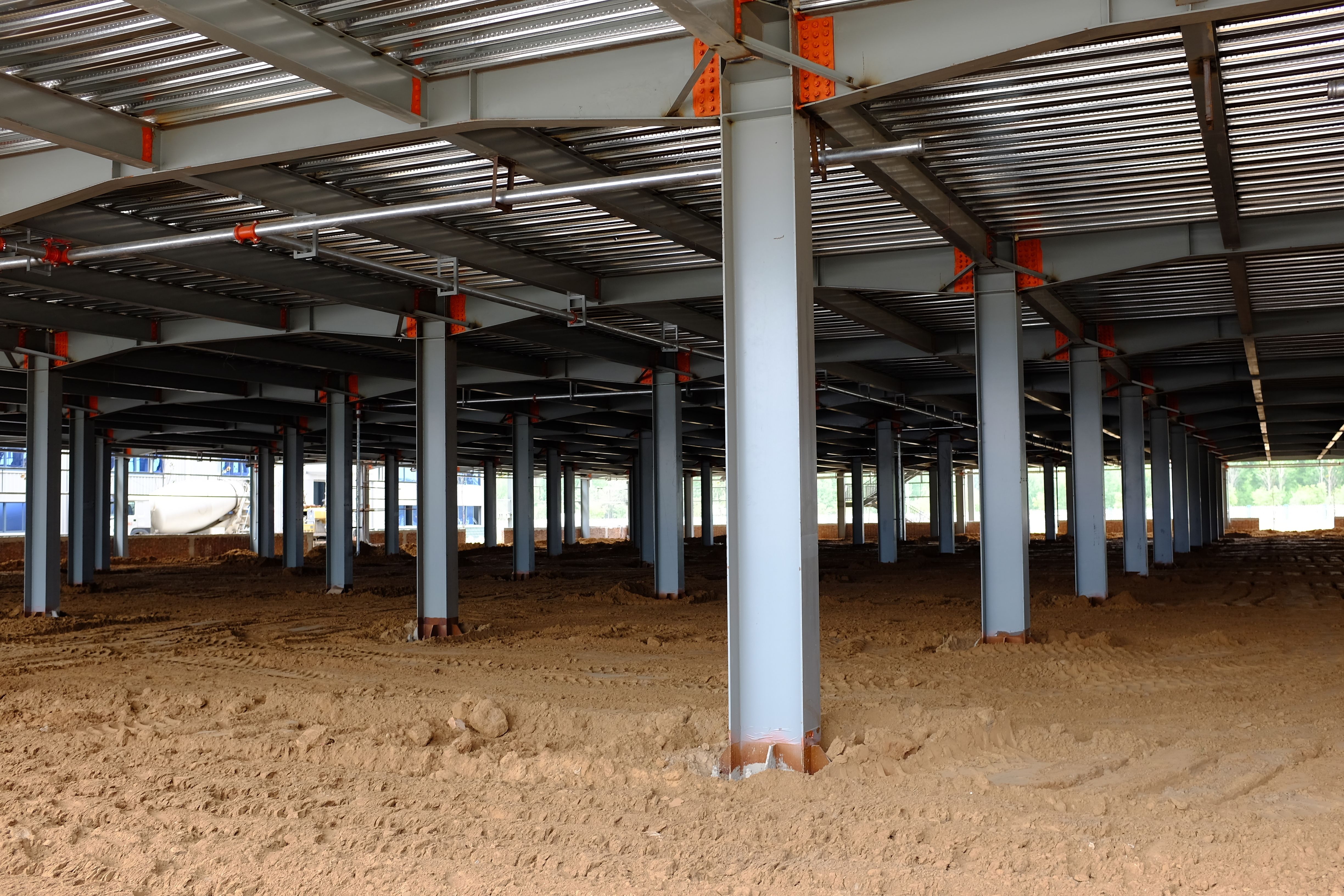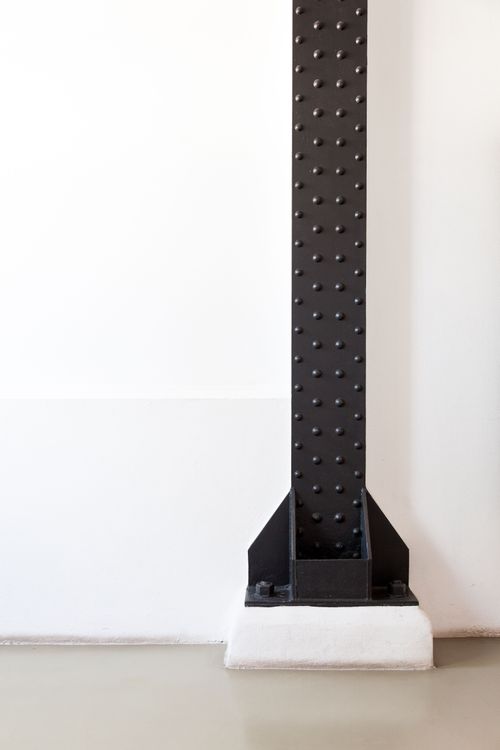4. T-shaped - The T-shaped column is often used as a side column in structures. Based on their shape, T-shape columns are one form of a column. Depending on their design specifications, these columns may be used by construction workers. A T-shape column is the most typical type of column used when building bridges.
5. V-shaped - This V-shaped column is typically used when the room's shape is still trapezoidal. As compared to the other columns, sufficient amounts of concrete are needed to build this one. Stay updated on the latest advancements in structural engineering and construction materials by registering now.
Based on the type of reinforcement
1. Tied columns – Tied columns are usually built out of reinforced concrete. Longitudinal reinforcements are confined within closely spaced tie reinforcement. Approximately all columns in buildings are tied columns.
2. Spiral columns - These columns are reinforced with a close and consistent spaced spiral reinforcement. Spiral columns' primary purpose is to support them transversely and keep them from barreling. These columns usually consist of 6 bars as longitudinal reinforcement.
3. Composite columns - These columns are made of structural steel or cast iron column contained in concrete that has been spirally and longitudinally strengthened. In truss structures, composite columns are frequently utilised to prevent steel from corroding. In addition to having a compact cross-section and greater strength, this kind of column performs well in a fire.
Based on the type of loading
1. Axially loaded RCC column - A column is axially loaded if vertical axial loads act on the centre of gravity of the cross-section of the column. Axially loaded columns are uncommon in construction because it is impractical to align vertical loads with the centre of gravity of the column section. An example of this kind of column is the interior column of multi-story buildings with symmetrical loads from floor slabs coming from all directions.
2. Uniaxial eccentrically loaded column - A column is considered uniaxially eccentrically loaded when the axis of vertical loads acts eccentrically on either the X or Y axis of the column cross-section rather than crossing the column's centre of gravity. This loading technique is applied to columns that are rigidly attached to a beam only on one side, such as edge columns.
3. Biaxial eccentrically loaded column - Biaxial eccentrically loaded columns have vertical loads applied to them that do not align with the centre of gravity of their cross sections and do not act on their X or Y axes. With beams permanently coupled at right angles at the top of columns, biaxially loaded columns are typically employed in corner columns.
Based on Construction material
1. Reinforced concrete column - Concrete columns with steel reinforcement are reinforced concrete columns. These columns are mostly used in the construction industry. Concrete is robust under compression but fragile under stress. Hence, to boost this tension capacity, structural steel reinforcing is installed.
2. Steel column - Steel columns are columns made of structural steel. Steel construction is comparatively more robust, flexible, and long-lasting than concrete structures. There are different types of steel columns, but the T-section steel columns are most commonly used in steel structures.
Stay updated on structural engineering and construction materials. Register for insights now.
When trying to make structural designs a reality, one needs to consider several aspects such as strength, and stability that ensures the longevity of the structures. Columns play an important role in bearing the weight of the building and providing a stable load path from the slab to the foundations of the structure. Therefore, it is imperative that these columns are made from the finest quality TMT bars and structural steel.
Shop for the best quality steel beams and columns from jswonemsme.com and get them delivered to your doorstep within five days.





 +91 7208055523
+91 7208055523
 Help & support
Help & support
